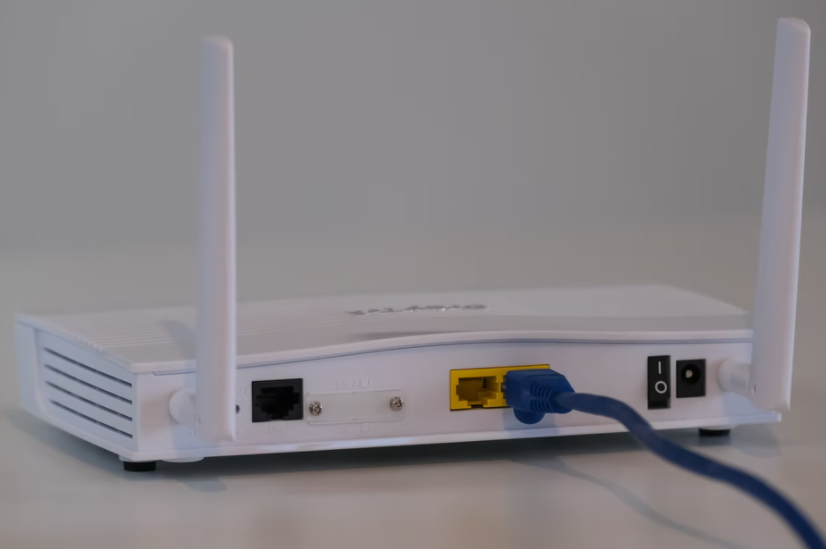Your Wi-Fi router might not always be able to cover every corner of your house!

Dead spots are a common problem in all households. These are the regions where the Wi-Fi signal loses its strength or becomes extremely slow. Elements like doors and walls can impact your signal strength as the distance increases from your Wi-Fi router. If you have recently opened your laptop to complete an office presentation or switched on your smart TV to watch the latest episode of Money Heist only to realize that your device doesn’t have any Wi-Fi signal, then you have come to the right place. Today we are going to troubleshoot this issue so that you can enjoy the unbridled internet at every corner of your house.
Router Positioning
The router should ideally be positioned at the center of your house. Usually, people place their router against an outside wall but this cannot yield effective outcomes despite having a simple setup process. Rather you can look for an entertainment unit or bookshelf. Closets need to be avoided at all costs as doors and walls tend to reduce signal quality. A hardwired connection to an AC outlet shall be required to your cable. While this might take considerable planning and effort, proper router positioning can surely help you in winning brownie points against dropped signals and dead spots. This option is ideal for houses with a limited number of devices trying to access the network.
Router Configuration
Often routers adjust their wireless output power automatically. You need to ensure that it is set at 100%. This can be done easily by accessing the system settings online. Since every router is different from the other, it is advisable to browse through the manual before accessing the same. Now that the output power has been set, you will have to make sure that all the connected devices are using the same 802.11 protocol. Mixed-mode operation is infamous for slowing down the performance drive of your router. While this method of troubleshooting requires some technical knowledge, it is a no-cost and super easy solution to the dead spot problem.
Raise The Antenna
Just bagging the best router model deals with no upfront cost doesn’t guarantee a smooth operation. You need to ensure its best performance by positioning the router’s antenna vertically and not horizontally. If your problem of low signal strength doesn’t get solved, then you can consider upgrading your router antenna. Here you can choose between an omnidirectional and a directional antenna. The first one guarantees 360-degree coverage so that connections can be established from all directions. The second one focuses the signal strength in one direction by extending your network’s reach to a specific spot. If the problem persists, then you can consider opting for signal boosters. While this is a low-cost option, all antennas are not removable.
Final Words
A Wi-Fi dead spot technically refers to the areas of our home which don’t receive any Wi-Fi signal. These dead spots can be discovered easily by walking around with your iphone or other smart devices like tablets or laptops which are connected to the broadband. Usually, your device shall lose the signal once you reach the dead spot. There are a large number of way-outs from this problem of no Wi-Fi signal. However, you need to choose the one which is in sync with your requirements. For starters, you will have to keep in mind the number of users and devices which are expected to access the network. If your area is extremely big, then you might require commercial-grade equipment for catering to all the dead zones at once.


No comments:
Post a Comment